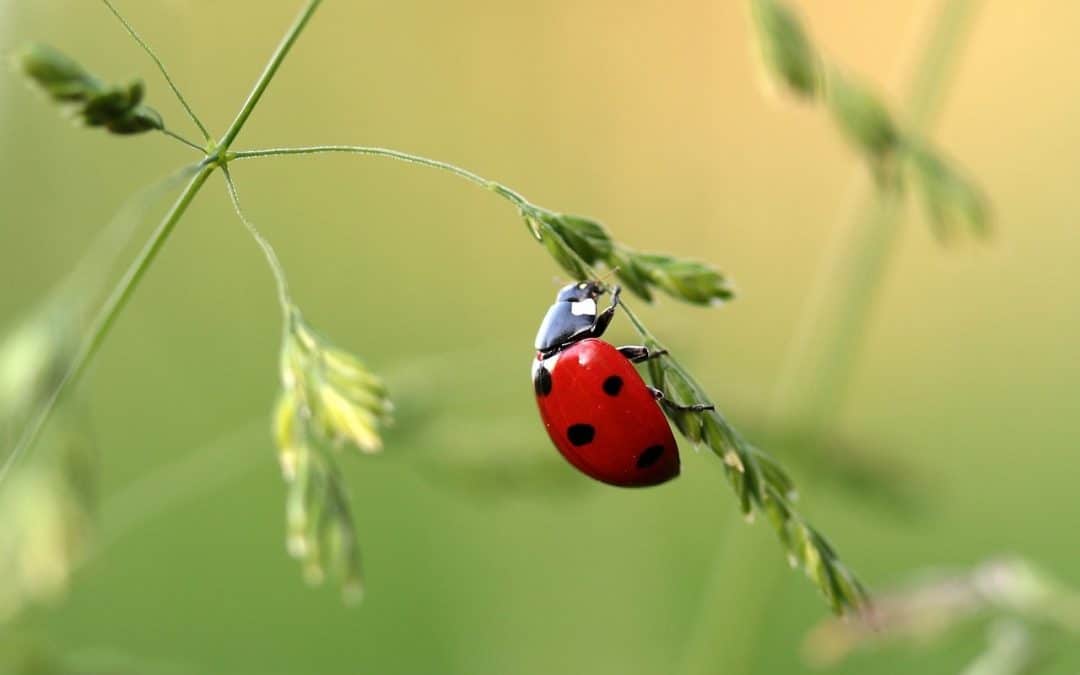Day and night, your yard is abuzz with activity, much of it a life-and-death struggle between predators and prey. Though they are seldom noticed, tiny heroes of the agricultural world aka “beneficial insects” (the bugs that eat other bugs) — patrol their surroundings in pursuit of the bad bugs. Beneficial insects have been used in this country since the late nineteenth century, to provide long-term pest control, helping to tip the scales in your favor when the pesky pests arrive. Their natural tendency to make meals of the pests we love to hate, make them a match made in landscape heaven. Let us introduce you to some of our favorite heroes of the garden:
The Assassin Bug: Most members of the assassin, or reduviidae, family are fairly easily recognizable; they have a relatively narrow neck, sturdy build, and formidable curved proboscis. They will stab, poison and devour a wide range of backyard pests, including caterpillars, leafhoppers and bean beetles.
The Soldier Beetle: The first identified species of this champion has a color pattern reminiscent of the red coats of early British soldiers, hence the name. They are also known commonly as leatherwings because of their soft forewings. They take the night shift, emerging after dark from beneath rocks, mulch and other daytime hiding places to feast upon soft-bodied insects and enemy eggs.
The Ladybird Beetle: Don’t let the delicate name, and look of these garden darlings deceive you. Their deadly alter ego takes no mercy on some of our most formidable foes. The majority of species prey on herbivorous homopterans such as aphids and scale insect. But, they don’t stop there. Ladybirds lay their eggs directly in aphid and scale insect colonies in order to ensure their larvae have an immediate food source.
These and many other beneficial insects are well-equipped to see, smell and/or taste a potential meal. At times, they’re alerted by the plants themselves. Some plants will emit a chemical alarm signal when pest insects begin feeding on them. And, nearby beneficial insects will be quick to come to the rescue. If your yard is teeming with beneficial bugs, they may often thwart budding pest infestations before you’ve even noticed the threat. Although these guardians of the garden do a wonderful job, it might not be enough. Keep in mind that beneficial insects are not pesticides and they are not a miracle cure. Just as it takes time for pest problems to develop, it also takes time before beneficial insects can resolve them.
We use beneficial insects to control pest insects as part of our Integrated Pest Management (IPM) programs. Our IPM is designed to make certain we achieve our goal of suppressing pest problems while minimizing negative environmental impacts. The Good’s Tree Care Insect and Disease Management Program employs a suite of cultural practices including inspections and well-timed applications with the goal of maintaining plant health while at the same time minimizing environmental impacts. For maximum effectiveness, beneficial insects should be released when pest densities are low to medium.


